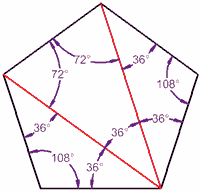Being in this module as been a very different experience. In this class, i was "forced" to work my brains as the lecturer did not simply provide answers for us but we had to figure out the problems and rationalize everything that we were doing. At the end of the night, i found myself exhausted from all the thinking :)
As teachers, i speak for myself, i tend to give out answers to the children quickly (either due to time constrain or in frustration). But i have learnt first hand how effective it has proven if we were given the time to solve problem. By doing so, the children will understand the concept behind the problem.
When it comes to teaching Maths teachers fail to look at the task analysis of a child. We simply do lesson plans according to the school's curriculum needs. But it is very important to look into the 1.teach content 2. skills 3. process before we proceed on with any lesson plan. As teachers because of time constrain of time, we give out answers to children too fast. But it is very important to give children the opportunity to figure out the problem.
As teacher, we need to give precise information on how parents can help their children in their studies.
As teacher, we need to REMEMBER: Don't explain, coach them and then saw them. Provide them as many opportunities as possible.
 Hi Dr Yeap,
Hi Dr Yeap,
 Of the suggested websites i like the Pick's theorem very much.
Of the suggested websites i like the Pick's theorem very much.